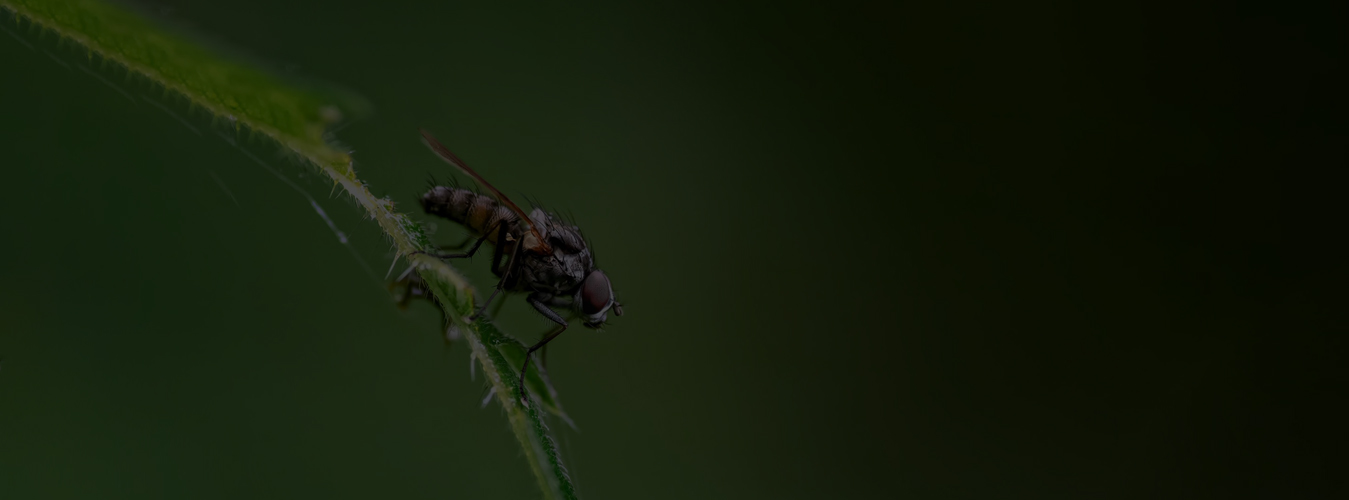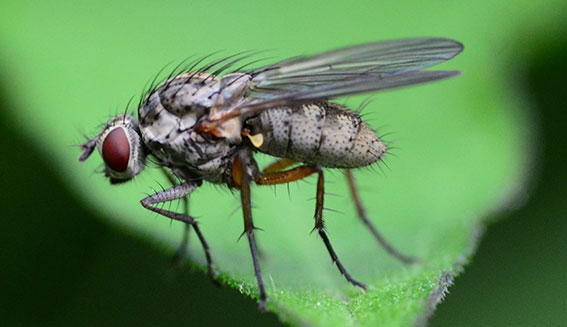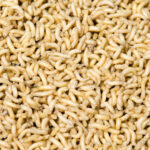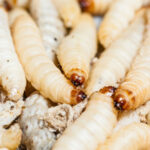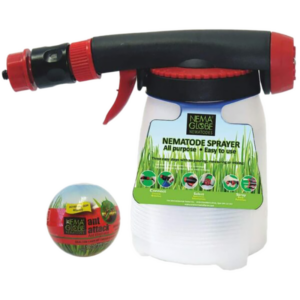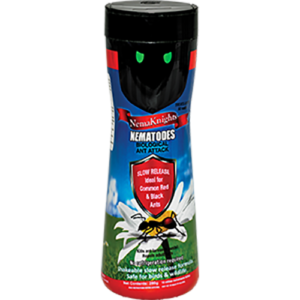Your cart is currently empty!
Damage
The larval stage of the cabbage root maggot can cause severe damage to all brassica crops. The young larvae by feeding on the root hairs and older larvae by creating extensive tunnels into the stem and root system damage the host plants.
This root feeding and tunneling interferes with proper nutrient uptake in the plant causing stunting or killing the plants. Even if the plant is not killed, the wounds that the maggots make on roots facilitate the entry of plant pathogens.


